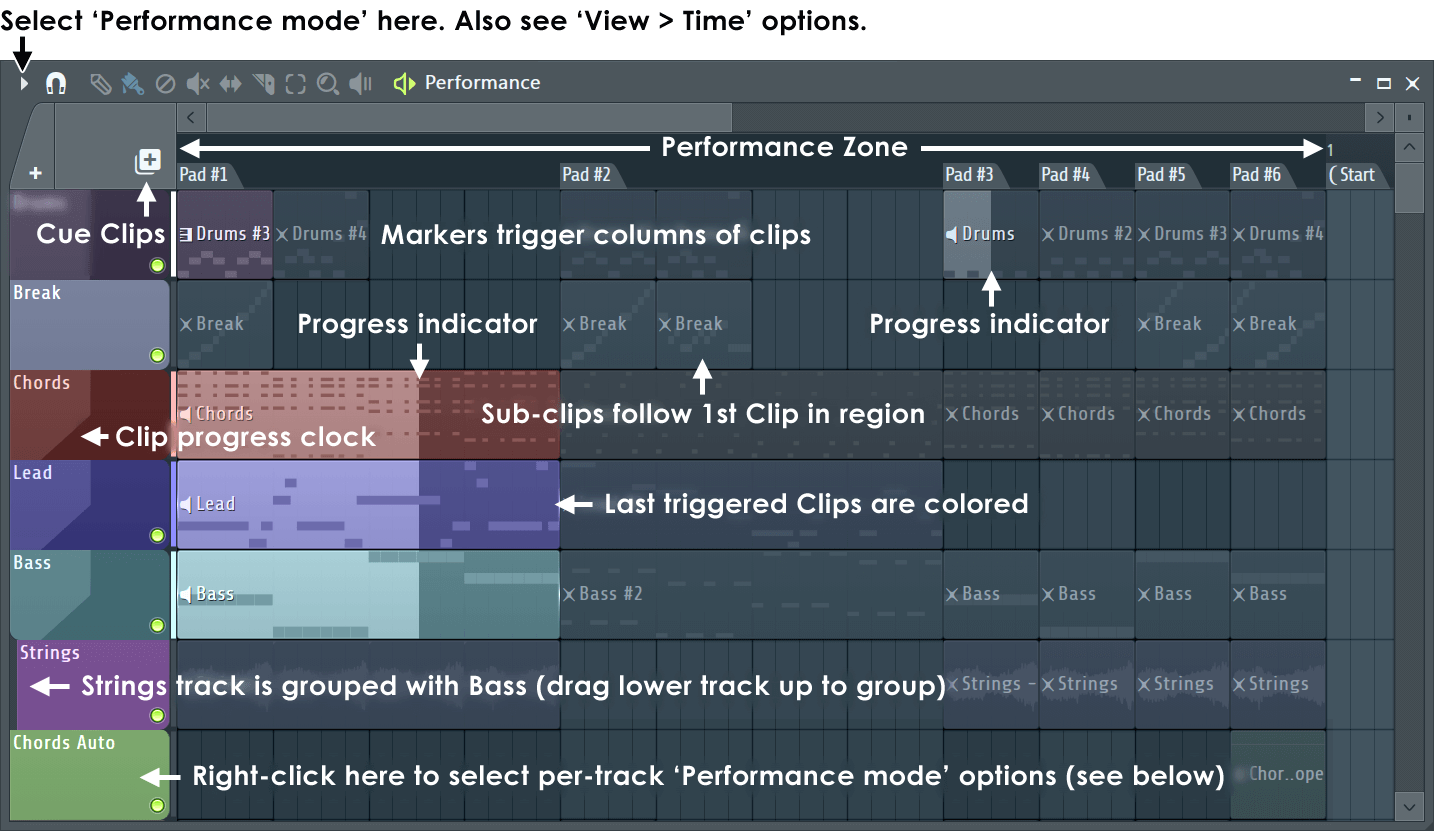


Your provider then analyzes the results before discussing them with you. The EKG might detect useful information about your heart's function during this recovery period. When the exercise session is complete, you keep the electrodes on while your heart slows to its regular, resting rate. What happens after the stress testing procedure? If you can't undertake the exercise on a treadmill because you're physically incapable, your provider can simulate the increase in your heart rate using medications instead.

You increase your speed gradually until your heartbeat reaches the rate set by your provider, then you slow down again. When the electrodes are in place, you start walking on the treadmill, following instructions on how fast to walk. The electrodes pick up electrical activity in your heart and send it to the EKG machine. Your provider at TLC Medical Group Inc provides you with details of any preparations you need to make, such as when to stop eating and whether you can take your usual medications.Īt the beginning of your stress test, a technician attaches electrodes (wires that have sticky pads on them) to your body. Nuclear stress tests are especially useful in detecting arterial blockages and damaged or dead heart muscle. TLC Medical Group Inc performs nuclear stress tests, injecting radioactive dye into your body to show how well the blood is flowing into your heart muscle. When you exercise, your heart beats harder and faster, so the cause of your symptoms could become apparent even though a resting EKG shows no abnormalities. If you have symptoms of a heart problem, but your EKG readings are normal, a stress test may reveal more information. This painless, noninvasive test is able to diagnose the majority of heart conditions, but there are some it can't detect.

Stress testing is a diagnostic procedure that combines an electrocardiogram (EKG) with physical exercise.Īn EKG is usually one of the first diagnostic tests you have at TLC Medical Group Inc, following your initial consultation.


 0 kommentar(er)
0 kommentar(er)
